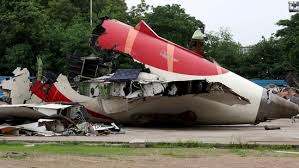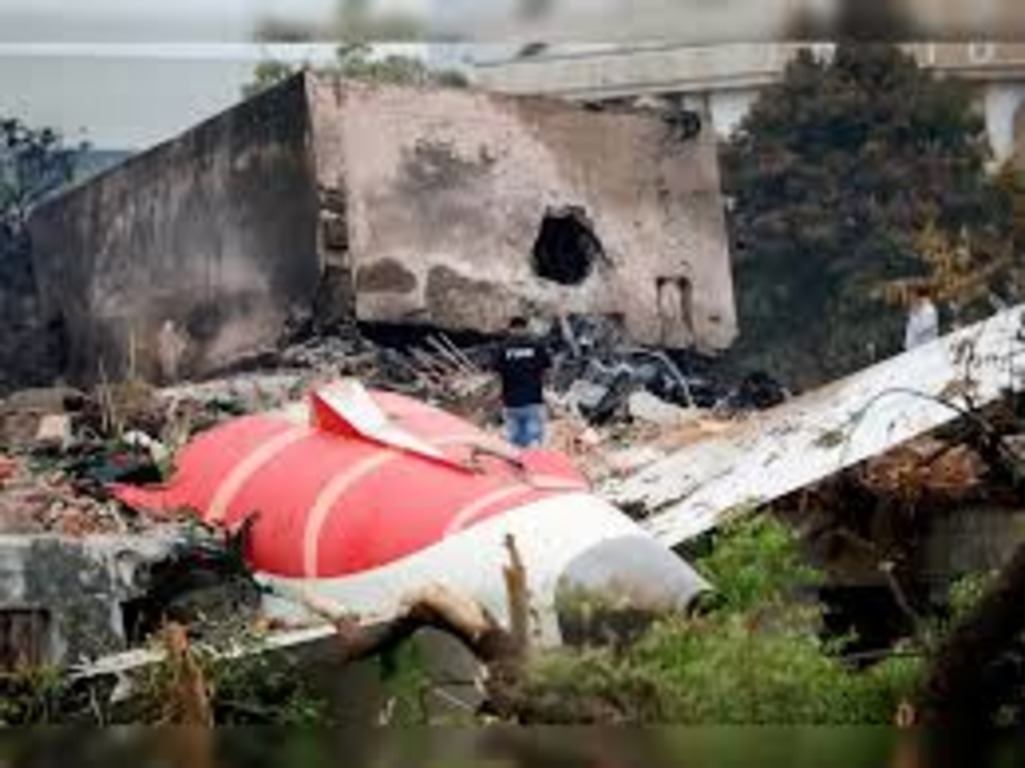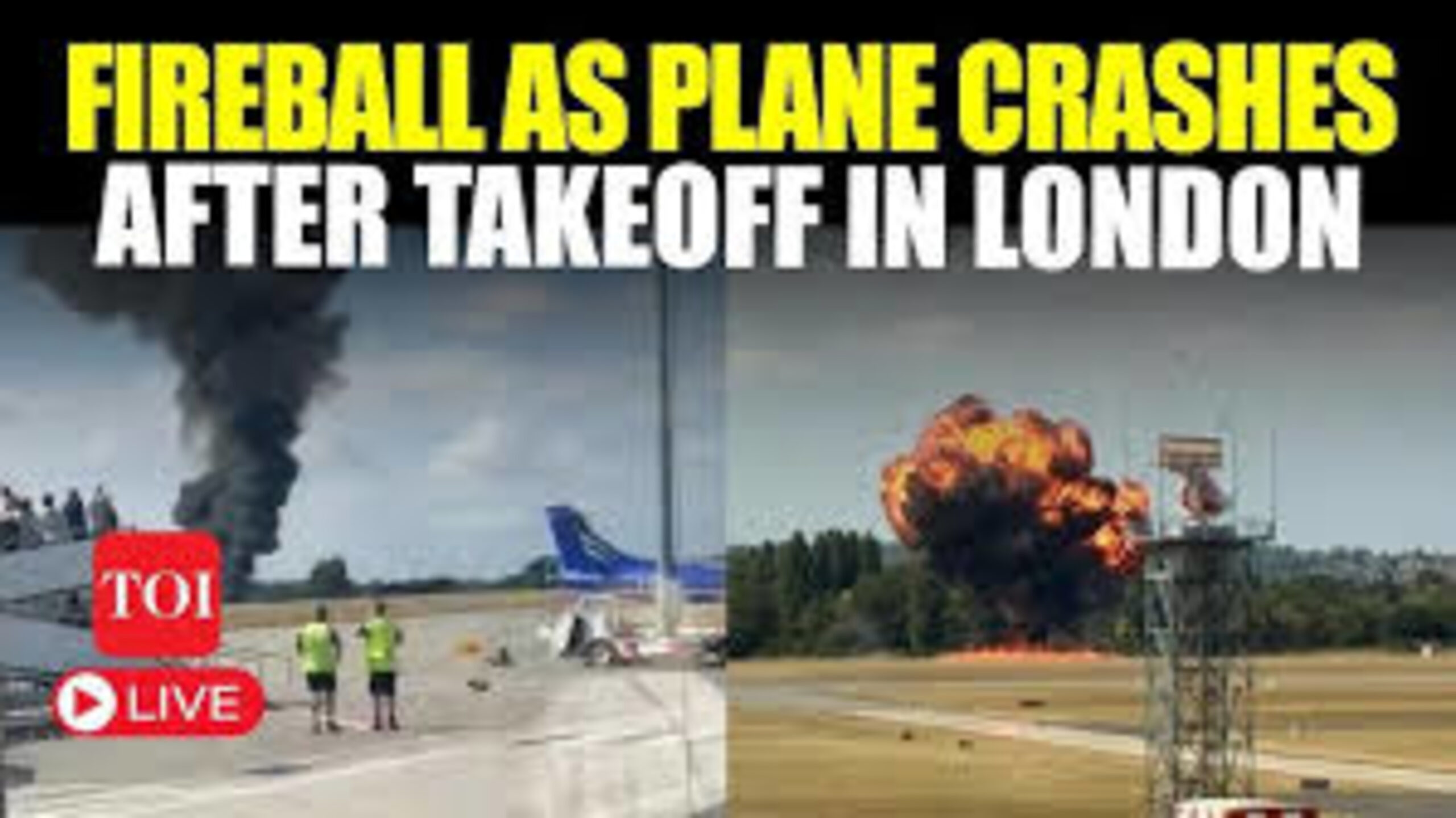
AAIB Preliminary Report on Ahmedabad Air India Crash Details Outshoot Sequence, Brings To Question Important Issues
Days after the Ahmedabad Air India Crash.
Scary skies on the 12 th of May became stark reality to the 190 passengers and 15 crew members of the Air India Express Flight that overshot the runway at the city of Ahmedabad. However tense the picture of the end game is painted by the preliminary report of the crash of the Air India aircraft in Ahmedabad by the Aircraft Accident Investigation Bureau (AAIB) in India, it leaves families and aircraft experts clamoring for more detailed answers.
The critical seconds
Based on the preliminary report of AAIB, flight IX-744 out of Bengaluru landed 1,500 meters beyond the runway threshold at the Sardar Vallabhbhai Patel International Airport. The Boeing 737-800 had just 1,000 meters of tarmac but it seemed like a job impossible, as:
Landing at 148 knots (170 mph) that is far beyond the target speed
Encountered great tail winds on the run in, which added speed on the ground
Instantaneously upon landing it deployed thrust reversers and brakes 7 seconds later
At 90 knots it overran and crashed through some fences coming to rest in soft ground
Miraculously there were no deaths but eight were injured in the panicky evacuation. Passenger Arvind Mehta remembered that they experienced a tremendous shock, and they could watch the rain of mud outside the windows. When people thought this was it, they screamed.
What Happened? Key Findings
In the report of Ahmedabad Air India Crash, the following factors are outlined to have contributed:
Late Landing Point: The distance left to brake by landing so far away in the runway created an insufficient stopping space.
Excessive Airspeed- This was still apparent during the flare position.
Delayed Braking/Reversers: Essential deceleration systems that are operated late.
Weather Factors: Strong tailwinds on approach unforeseen.
More importantly, investigators were able to verify the plane did not contain any technical defect previously. Everything was normal until the moment of collision.
What the Report does not Clarify: The Missing Pieces
Explaining the how, the AAIB brief in its preliminary report fails to cover whys:
Crew Decision-Making: Why did the pilots persist in approach knowing that there was the excess speed? Was it because of fatigue?
ATC Guidance: Have the air traffic control provided sufficient information about about recent changes in wind conditions?
Training Protocols: Had crews been practiced enough on tailwind landings?
Runway Safety Area (RESA): What were the reasons why the aircraft crossed RESA boundaries?
It is no. 1 to know the sequence, said aviation safety expert Capt. Mohan Ranganathan. The industry, and, of course, families, requires the root causes, which was it a lapse of procedure, judgment, or a gap in the system? That is what this report does not say.”
Bigger Possibilities of Indian Aviation
This Air India Crash at Ahmedabad which was the second major overshoot by Air India Express in the last four years puts an increase in the eye-balls of:
Pilot Training Standards: Stress on unstable approach recovery and windshear management.
Runway infrastructure: Sufficient nature of major Indian airport RESAs.
Operational Culture: Maintaining schedule pressure/strict go-around policies.
The DGCA has made temporary requirements of supplementary simulator trainings on high-speed approaches. In the meantime, travelers such as Mehta are still traumatized: “You put your faith in the crew completely. This wonders you about everything.”
The aviation fraternity is on edge as the AAIB carries on with the full investigation. The next Ahmedabad Air India Crash prevention does not only require reconstruction of seconds, but also correction of minutes, hours preceding them as well as systems.





